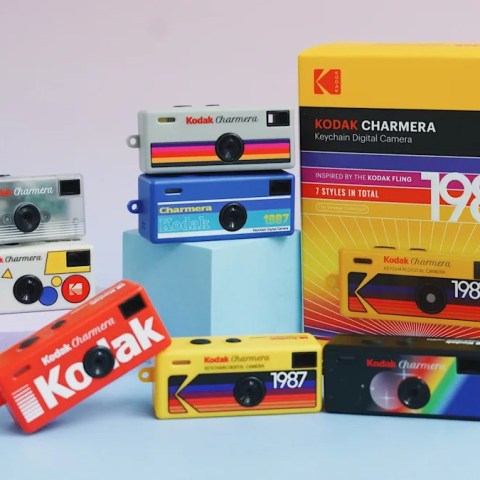The rise of digital recreations of deceased celebrities has sparked a lively debate. Unlike living figures, these individuals can’t give consent for their likeness to be used. An OpenAI spokesperson recently acknowledged this by stating, “We allow the generation of historical figures.” That raises questions about ethics and legality.
This isn’t a new problem. Decades ago, we saw John Lennon chatting with Forrest Gump and Fred Astaire dancing with a Dirt Devil vacuum. Back then, creating such footage was a heavy lift, requiring expensive technology. Today, tools like Sora 2 make it easy for anyone to generate convincing videos of long-gone stars, often in just minutes.
In the U.S., laws protecting the likenesses of deceased public figures vary by state. For instance, California has had a law since 1985 that restricts the use of a deceased celebrity’s image for advertising without permission. However, a 2001 California Supreme Court ruling clarified that these likenesses can still be used if transformed significantly under the First Amendment.
In New York, a law passed in 2022 specifically addresses “digital replicas.” It prohibits using hyper-realistic likenesses in a way that could mislead viewers into thinking it’s an authorized performance. Yet, creators can sidestep this by adding a clear disclaimer stating their work isn’t authorized.
Interestingly, public reaction to these digital recreations is mixed. Some fans enjoy seeing their favorite stars brought back to life, while others find it creepy or disrespectful. Social media trends show a growing divide: hashtags like #RIP or discussions about ethics in digital cloning are common.
According to a recent survey, about 60% of people believe that the families of deceased celebrities should control their likenesses. This reflects a call for stronger protections in an evolving digital landscape.
The debate continues. As technology advances, the line between homage and exploitation becomes blurry. How society navigates this issue will shape the future of digital media and the respect owed to those who can no longer speak for themselves.
For further reading on public figure rights, check out this insightful article.




:max_bytes(150000):strip_icc()/GettyImages-2236196353-39d01839dc3a44e99044c8a1a6247db7.jpg?w=480&resize=480,480&ssl=1)
















